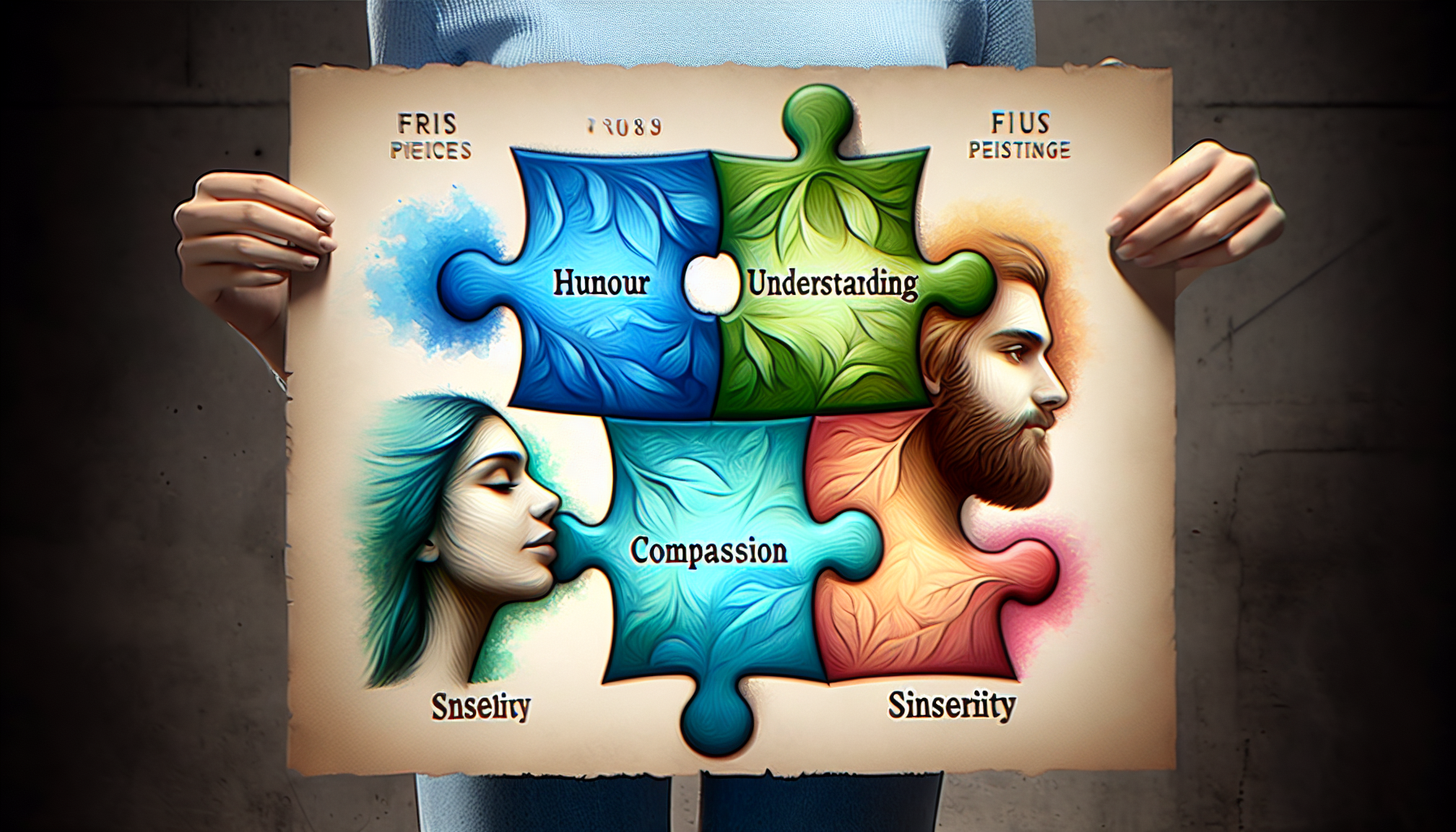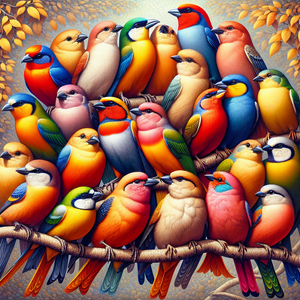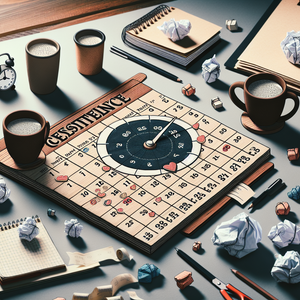The Impact of Dance on Tate McRae's Career

Tate McRae's journey in the performing arts began at a young age, as she trained in dance for over a decade. This dance background provided her with a solid foundation in movement, rhythm, and emotional expression. Such training is evident in her music videos, where choreography is not merely an embellishment but a vital component that amplifies the storytelling aspect of her songs. For instance, in the music video for her hit single "You Broke Me First," McRae employs dance to articulate the emotional complexities of heartbreak. The choreography, which juxtaposes fluid movements with sharp, expressive gestures, mirrors the intensity of the lyrics and invites viewers to connect with her on a deeper level. This visual storytelling enhances the song's emotional impact, showcasing her ability to communicate feelings beyond words.
Choreography as a Narrative Tool
A remarkable aspect of McRae's artistry is her skillful integration of choreography into her musical narratives. Each dance sequence is meticulously designed to reflect the themes of her songs. In the track "Vancouver," for example, the choreography encapsulates feelings of longing and nostalgia, echoing the lyrical content. By using dance as a narrative tool, McRae invites her audience to experience her music in a multi-dimensional manner, engaging both auditory and visual senses. Moreover, her collaborations with esteemed choreographers add depth to her performances, allowing her to explore various styles and techniques. This fusion of music and dance not only showcases her versatility but also underscores her commitment to delivering captivating performances that resonate with her audience. It is this meticulous attention to the synergy between dance and music that sets her apart in the crowded landscape of pop music.
Live Performances: A Synthesis of Art Forms
In live performances, dance is a fundamental element of Tate McRae's presentations. Her ability to fluidly transition between singing and dancing captivates audiences, creating a dynamic atmosphere that elevates the concert experience. During her performances, McRae often incorporates intricate dance routines that reflect the energy and emotion of her songs, making each show a unique experience. A notable example of this was her performance at the iHeartRadio Music Awards, where she delivered a powerful rendition of "You Broke Me First." The choreography in this performance was not only a showcase of her dance skills but also a visual representation of the song's narrative arc. Her movements were sharp and precise, embodying themes of empowerment and resilience, which left the audience in awe. This synthesis of art forms—music and dance—ensures that her performances are memorable and impactful.
Inspiring the Next Generation
Tate McRae's dual passion for dance and music serves as an inspiration for many young artists, particularly those in Generation Z. By showcasing her journey and the significance of dance in her artistry, she encourages aspiring performers to embrace their multifaceted talents. McRae’s success illustrates that integrating various art forms can lead to a unique and authentic expression, fostering creativity among her peers. Additionally, her advocacy for mental health and authenticity resonates deeply with her audience. As she navigates the challenges of fame, McRae often shares her experiences through both her music and dance, reinforcing the idea that vulnerability can be a source of strength. This authenticity not only endears her to her fans but also inspires them to embrace their own journeys, reminding them that their struggles can be channeled into art.
Tate McRae's career exemplifies the powerful interplay between dance and music. Her dance background has not only shaped her artistic identity but has also enriched her storytelling capabilities, creating a multi-dimensional experience for her audience. As she continues to evolve as an artist, it is evident that dance will remain a cornerstone of her creative expression, inspiring a new generation of performers to explore the endless possibilities of blending various art forms. Through her work, McRae demonstrates that dance can transcend mere performance, becoming an integral part of an artist's voice and message in today's ever-evolving music landscape.
Choreographer
Responsibilities
Create original dance routines for music videos, live performances, and stage productions.
Collaborate with artists and directors to ensure choreography aligns with the musical narrative.
Direct rehearsals to teach dancers and performers the choreography.
Required Skills
Strong background in various dance styles (hip-hop, contemporary, ballet).
Excellent communication and interpersonal skills to work effectively with artists.
Ability to visualize and translate music themes into movement.
Common Employers
Music artists
Production companies
Dance schools
Music Video Director
Responsibilities
Conceptualize and oversee the production of music videos, integrating visual storytelling with musical elements.
Collaborate with artists, choreographers, and production crews to develop a cohesive vision.
Manage shooting schedules, budgets, and post-production processes.
Required Skills
Proficiency in video editing software and a strong understanding of cinematography.
Creative vision to translate music concepts into compelling visuals.
Experience in directing performances that involve choreography.
Common Employers
Record labels
Independent production companies
Dance Instructor
Responsibilities
Teach various dance styles to students of different age groups and skill levels.
Develop lesson plans that incorporate choreography and technique.
Organize performances and showcase events for students to demonstrate their skills.
Required Skills
Comprehensive knowledge of dance techniques and performance practices.
Strong motivational and teaching skills to engage and inspire students.
Experience in choreography and performance.
Common Employers
Dance studios
Community centers
Schools
Live Performance Producer
Responsibilities
Plan and coordinate all aspects of live performances, including logistics, staging, and technical requirements.
Collaborate with artists, choreographers, and technicians to enhance the performance experience.
Oversee rehearsal schedules and ensure all elements work seamlessly together.
Required Skills
Strong organizational and project management abilities.
Understanding of live sound, lighting, and stage design.
Ability to work under pressure and adapt to fast-paced environments.
Common Employers
Concert promoters
Event production companies
Theaters
Artistic Director for a Dance Company
Responsibilities
Lead the creative vision of the dance company, including selecting repertoire and choreographers.
Oversee the artistic development of the company and its dancers.
Foster community engagement through outreach programs and performances.
Required Skills
Extensive experience in dance performance and choreography, with a strong artistic voice.
Leadership skills to guide and inspire dancers and the creative team.
Knowledge of the dance industry and networking capabilities.
Common Employers
Professional dance companies
Arts organizations
Cultural institutions


